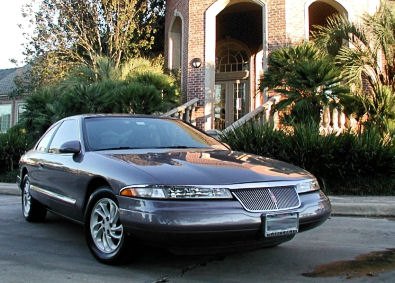#drag
Vellum Venom Vignette: Flattened Fenders and Air Curtains
Mike writes:
Sajeev,
I have noticed something on newer cars, and it’s been bothering me for awhile now. Perhaps you, with your deity-like omniscience (and access to inside information) will be able to provide some clarity.
As you can see from the picture below, a new Toyota has this vertical flat area around the wheels. And it’s not just this particular model of car — nearly every modern car I see on the road today has a similar design feature, though they vary in the width of the flat area around the wheel arch. Contrast this the Clinton-era Toyo at the bottom, where the body lines follow a graceful curve all the way to the fender opening.
Piston Slap: Raising the Bar by Lowering It?
TTAC commentator educatordan writes:
I know this is an exercise in mental masturbation but I find myself thinking about it and perhaps the B&B with their extensive experience could shed some light on the subject.

















Recent Comments